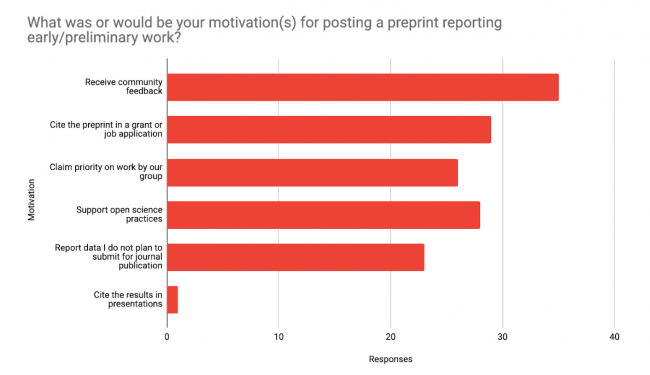Want to drive conversations about preprints in your own language? Reuse & translate preprint resources
ASAPbio aims to provide researchers with information and resources that can help them make productive use of preprints. Our Preprint Resource Center hosts materials such as videos, the Preprint FAQ and a wonderful set of preprint infographics developed by ASAPbio Fellows, which you can find at asapbio.org/preprint-info#infographics. We want to ensure that communities with different…


















